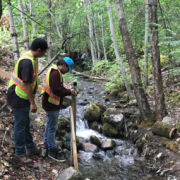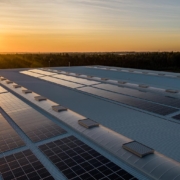Prioritizing the Protection of Indigenous Rights to Achieve a Sustainable Future
Prioritizing Indigenous rights and supporting innovative Indigenous practices are required to achieve a sustainable future and are crucial to meet the United Nations Sustainable Development Goals (SDGs). The race to meet SDG targets by Year 2030 is heavily focused on reducing greenhouse gas emissions (GHGs); however, globally, Indigenous communities are not responsible for these high levels of GHGs. Indigenous communities have been integral in the fight to reduce GHG emissions through innovative practices like traditional fire management. Yet, Indigenous peoples remain among the most affected by climate change and its impacts on a global scale, because of their interconnectedness with Mother Nature, the land, and all that it offers.
The United Nations Sustainable Development Goal (SDG) 6 calls for “ensuring the availability of sustainable water management and sanitation for all”; however, in Canada, for decades, many First Nation communities have gone without clean drinking water. Canada’s federal government has promised to ensure clean drinking water to all First Nation reserves by March 2021; however, there are now fears that this deadline will not be met.
Frustrated by government inaction in addressing the clean water crisis in their community, Lytton First Nation, (pop. 1,660 people) located in the Fraser Canyon, British Columbia, connected with RES’EAU-WaterNet, at the University of British Columbia. Together, they built the Lytton-Nickeyeah Creek Water Treatment facility in 2015, bringing clean water to the homes spread out over 56 reserves across 14,161 acres. The RES’EAU also worked in consultation with community members, leaders, and water operators at Lytton First Nation, to find a collaborative, creative, and affordable way to bring clean water to additional homes (some over 100 kms apart) that were too isolated to benefit from the larger treatment facility.
According to Alliance 2030, the UN Declaration on the Rights of Indigenous Peoples (UNDRIP) and the UN SDGs should be considered in concert with each other, if the 17 SDGs are to be met by 2030 and “achieve basic rights like clean water and equality for all.” The International Fund for Agricultural Development in their 2019 policy brief made several recommendations to advance collaborative policy solutions and to recognize Indigenous rights to land and intellectual property, in order to meet the SDGs.
Successful implementation of the 2030 Agenda for Sustainable Development is based on the premise of “leave no-one behind”. Canada’s 2018 Voluntary National Review acknowledged that Indigenous peoples and other “historically marginalized groups…still face unacceptable barriers”. Any attempt by countries to involve Indigenous communities as partners in sustainable development may be a step forward to meet the 2030 Agenda; however, when the basic rights to education and clean water are not guaranteed for Indigenous peoples, these calls for collaboration must be questioned. Indigenous peoples at the forefront of sustainable development innovations and climate change adaptation in Canada have declared a climate emergency. Realizing the SDG goals requires non-Indigenous governments to prioritize the protection of Indigenous rights if they also seek the collaboration of Indigenous peoples.
By Leela Viswanathan
(Image Credit: Carter Hildebrand, Unsplash)

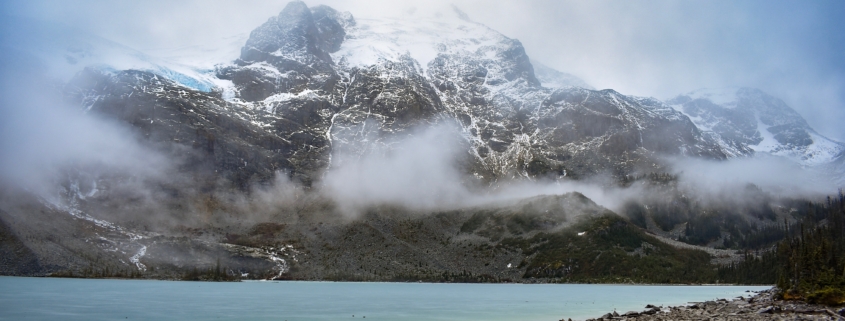
 Image Credit : Patrick Hendry, Unsplash
Image Credit : Patrick Hendry, Unsplash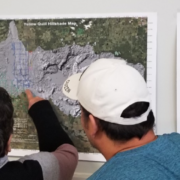 Yellow Quill First Nation
Yellow Quill First Nation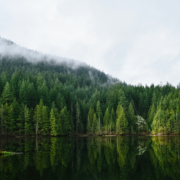 Unsplash (Licensed)
Unsplash (Licensed)
